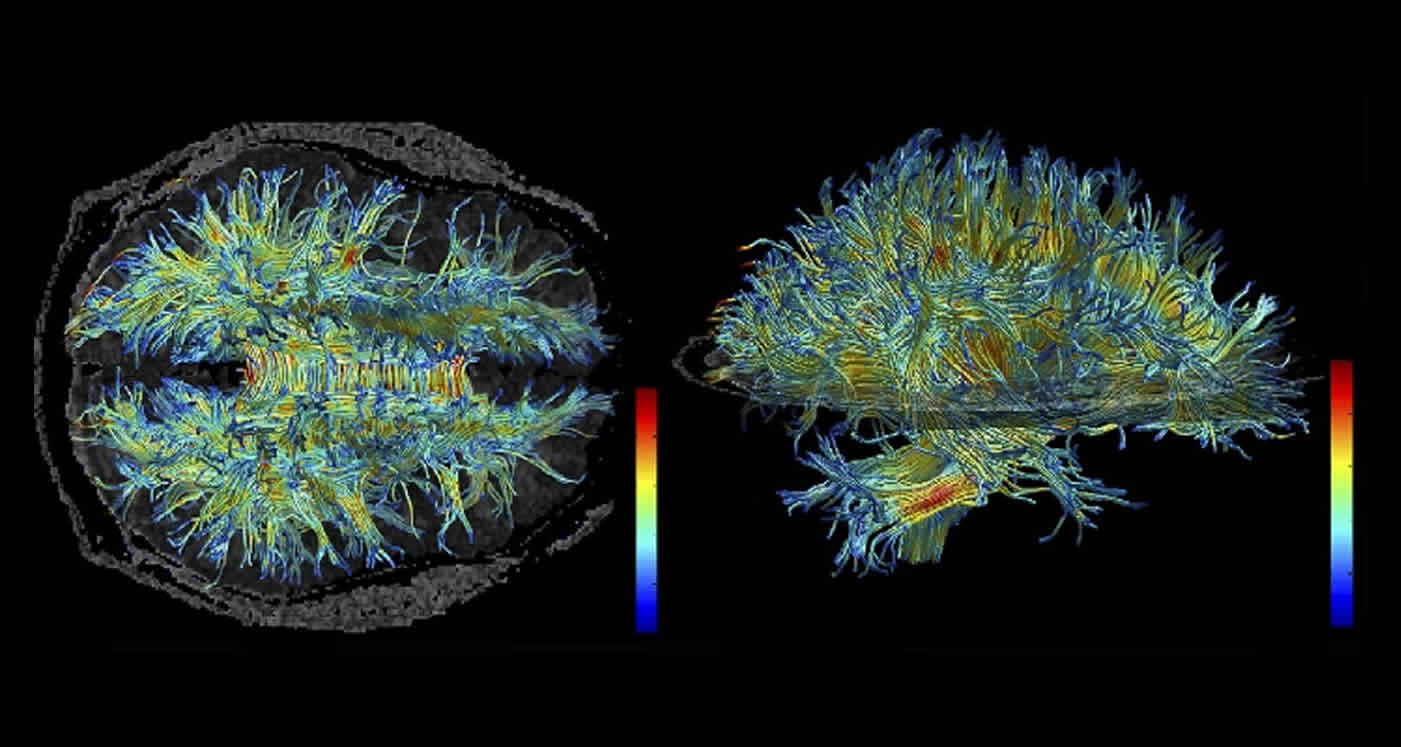People with a severe form of schizophrenia have major differences in their brain networks compared to others with schizophrenia, bipolar disorder and healthy individuals, a new study from the Centre for Addiction and Mental Health (CAMH) shows.
The study, which used a novel approach to map brain networks, was led by researchers at the Campbell Family Mental Health Research Institute at CAMH and published in this week’s JAMA Psychiatry.
“Finding ways to help this particular group of people with schizophrenia is a priority as recovery is unlikely, even up to 20 years after the initial diagnosis. Social isolation, lack of work and relationships, and chronic disability are very common,” says Dr. Aristotle Voineskos, senior author on the paper and Director of the Slaight Family Centre for Youth in Transition at CAMH.
Schizophrenia, which affects one in 100 people, is generally known for symptoms of delusions and hallucinations, which can be treated with antipsychotic medications. However, lack of motivation and social withdrawal are also characteristic symptoms of the illness. These are known as negative symptoms.
Approximately one in five people with schizophrenia experience these negative symptoms in a pronounced way, says lead author Dr. Anne Wheeler, CAMH post-doctoral fellow. At this point, there is no treatment for negative symptoms, yet they have the greatest impact on a person’s daily functioning once the psychosis is managed.
The value of having a biological, brain-based indicator is that it may help identify this group of patients when they initially present for treatment of psychosis. Otherwise it can take years to determine social disability through clinical observation, says Dr. Voineskos.
The study involved magnetic resonance brain imaging (MRI) with 128 people with schizophrenia and 130 healthy individuals at two sites, and with 39 patients with bipolar disorder and 43 healthy individuals at a third site. Patients with bipolar disorder also experience psychotic symptoms but not negative symptoms, so these patients served as an additional comparison group. The three sites were at CAMH, the Zucker Hillside Hospital in Glen Oaks, New York, and the Central Institute of Mental Health in Mannheim, Germany.
Researchers used a unique approach called network analysis to study the overall network density, or level of connectivity, in the brain.

“We found alterations in a number of relationships between brain regions among those with more severe schizophrenia compared with the other groups, including those with less severe schizophrenia,” says Dr. Voineskos. “This provides strong evidence that schizophrenia is not just one brain disorder.”
The study also confirms previous research from his team showing changes in the white matter tissues connecting those same regions in the brain, among those with more severe schizophrenia.
These impaired networks are important to the brain processes related to negative symptoms and social function that patients experience, the authors write. Based on these findings, the investigators are also funded by the U.S. National Institute of Mental Health to conduct a multi-centre study of a large number of people with schizophrenia to establish the full range of impairment in brain circuitry that predicts social impairment.
Through this research, specific brain circuits can be targeted to develop new therapeutic approaches for negative symptoms and social impairment. Such studies are now underway at CAMH using virtual reality technology and brain stimulation.
The research was supported in part by National Institutes of Health grants GM058008 and GM103391.
Contact: Kate Richards – Centre for Addiction and Mental Health
Source: Centre for Addiction and Mental Health press release
Image Source: The image is credited to Kubicki et al./J Psychiatr Res and is licensed Creative Commons Attribution-ShareAlike 3.0 Unported
Original Research: Abstract for “Further Neuroimaging Evidence for the Deficit Subtype of Schizophrenia: A Cortical Connectomics Analysis” by Anne L. Wheeler, PhD; Michèle Wessa, PhD; Philip R. Szeszko, PhD; George Foussias, MD, MSc; M. Mallar Chakravarty, PhD; Jason P. Lerch, PhD; Pamela DeRosse, PhD; Gary Remington, MD, PhD; Benoit H. Mulsant, MD; Julia Linke, PhD; Anil K. Malhotra, MD; and Aristotle N. Voineskos, MD, PhD in JAMA Psychiatry. Published online March 18 2015 doi:10.1001/jamapsychiatry.2014.3020






